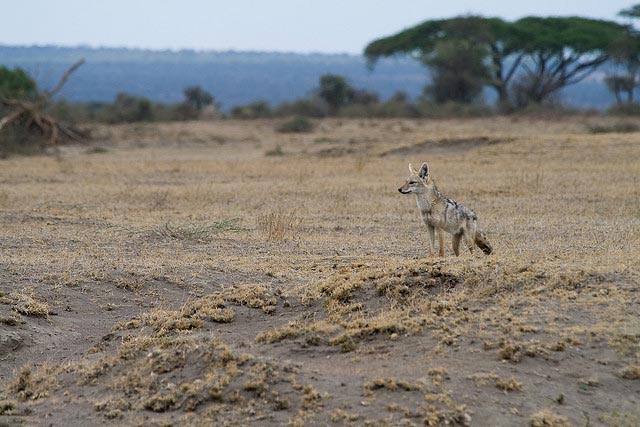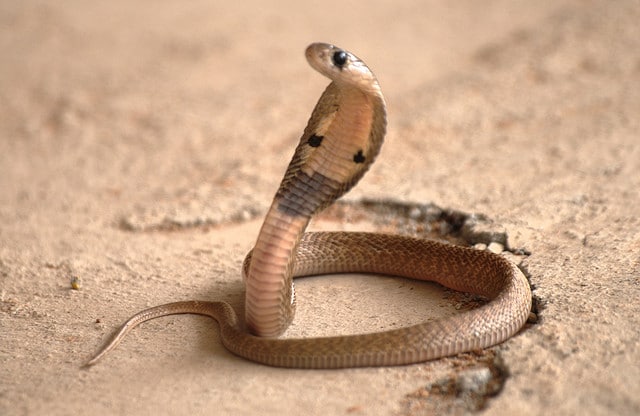‘Hot springs and holy land; ‘tis here Bhim waved his magic wand.’
Bhimband Wildlife Sanctuary is situated in the south west of Munger district in Bihar. The sanctuary is spread across an area of 682 sq km and comprises of an undulating topography. Here, you can find a unique amalgamation of hills, plains and plateau region blanketed by a thick forest cover and some incredible hot springs. The hot springs here seem to have a constant temperature throughout the year and attract a lot of tourists.
Of significance is the historical legend behind this wildlife sanctuary. Dating back to the time of Mahabharata, it is believed that the Pandavas set up their ‘disguised’ temporary shelters here by the hot spring and constructed a dam (known as ‘bandh’ in Hindi) across the stream. The dam was named after Bhim, the strongest of all Pandavas. This is also where the name of the sanctuary is derived from. Even today you can find the stone slabs remnant of the dam.
Climatic Conditions
Normal climatic conditions prevail in the Munger district. Summer begins in March and lasts upto May with average temperature around 37˚C. Winter lasts during the months of October to February with average temperature staying around 5˚C. The sanctuary receives an annual rainfall of 1146 mm during the monsoon months of June to September.
Best Time To Visit
The best time o visit Bhimband is from November to April.
-
Animals
An enormous variety of animals are found to reside in the Bhimband wildlife sanctuary. The endless list is as follows: tiger, leopard, monkey, rabbit, wild bear, spotted deer, chital, sambar, barking deer, van murgi, hanuman, sahil, nilgai, peafowl, hynah, jungle cat, fishing cat, golden jackal, sloth bear, hog badger, Indian gray mongoose, hispid hare, Bengal fox, leopard cat, small and large Indian civets, particolored flying squirrels etc.
-
Birds
Many endemic as well as migratory bird species can be spotted. It is especially during the winter season that many exotic migratory species can be found here. The avian family members include peafowl, pied hornbill, kingfisher, bulbul, grey patridge, quail, Malabar, white tailed eagle, vulture, grey headed fish eagle, wood pigeon, blue jay, owl, falcon, kite, lesser white fronted goose, ferruginous duck, black necked stork, Baer’s potchard duck etc.
-
Reptiles
The reptilian species found here include crocodiles, krait, python, cobra etc.
-
Vegetation
Grasslands and forests are the two major biomes found at the Bhimband wildlife sanctuary. Primarily found are Sal forests, Bamboo forests and many more miscellaneous plants. Some of these include kendu, salai, asan, bahera etc. These trees cover the hilly terrain and the holy Ganges River flows nearby. Creepers can also be found here. Many hot springs can be found in the valleys and at the foot of the hills and interestingly, these springs maintain the same temperature throughout the year.
Distance From Major Cities
Bhimband wildlife sanctuary lies close to the towns of Kharagpur, Jamui, Bhagalpur and Bariarpur and the city of Patna. The city of Patna is well connected to the major cities. Distances given below are with respect to Munger, which is 56 km away from Bhimband Wildlife Sanctuary.
- Bariarpur: 20 km via NH 80
- Bhagalpur: 67 km via NH 60
- Jamui: 85.3 km via NH 333
- Patna: 180 km via NH 80 and NH 31
- Kharagpur: 471 km via NH 60
- Kolkata: 488 km via NH 2
- Lucknow: 689 km via SH 72
- New Delhi: 1203 km via NH 2
How To Reach
- By air: Nearest airport is located at Patna, almost 200 km away.
- By rail: Nearest railway stations include Jamui railway station (20 km) and Bariarpur station on Jamalpur Bhagalpur section.
- By road: Bhimband wildlife sanctuary is located 56 km away from Munger and can be reached easily by buses or private vehicles.
Local Attractions
- There are 6 hot springs in the wildlife sanctuary namely, Bhimband, Rishi Kund, Rameshwar Kund, Sringi rishi kund, Hingania and Bharari stream. You must visit some of these to experience the wonder of nature and of course, the remnants of the epic legend, Mahabharata.
- Kharagpur lake with its scenic beauty is worth a visit.
Accommodation
Forest rest houses and tourist lodges are available for accommodation located adjacent to the sanctuary. For bookings, contact: D.F.O, P.O, Kharagpur, Dist. Munger, Bihar. Private accommodation including hotels can be availed in Munger.
Other Useful Information
- It is advised that you wear clothes of green or khaki colour while on your visit to Bhimband Wildlife Sanctuary.
- Please do not litter in the park or make noise.
- Photographers must take proper precautions so as not to disturb the animals and birds in anyway.
- Caution: It is an area affected by naxals and the disease, malaria.




